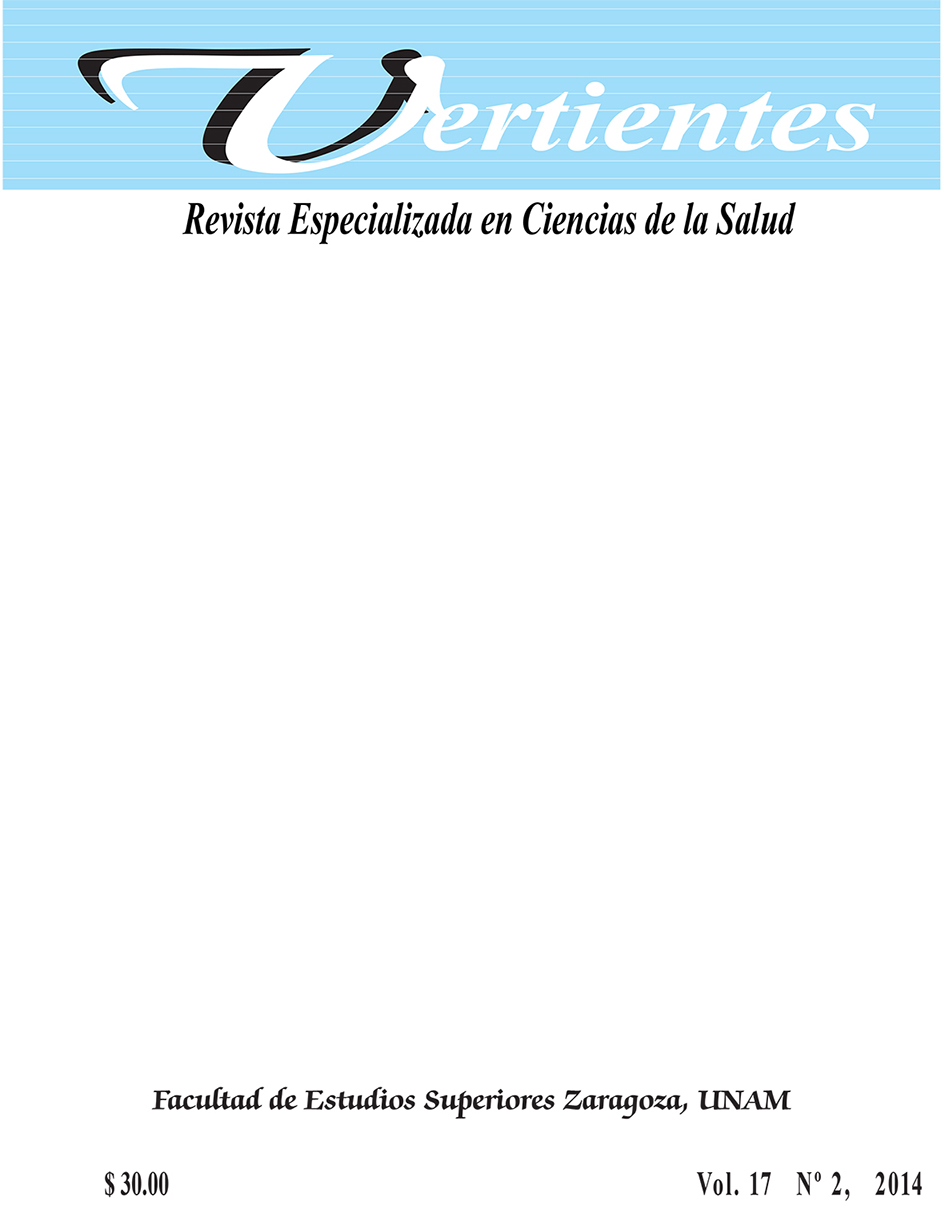Cell cycle: regulation mechanism
Main Article Content
Abstract
The cell cycle is a process in which a cell grows and divides to create a copy of itself, allowing the cells to grow and replace as they wear out. In animals, the cycle of a normal cell takes about 24 hours from the beginning to the end for most cell types, although some, such as skin cells, or tumor cells, are constantly undergoing this cycle, while others can divide rarely or do not divide at all.
The sequence of events that occur when a cell is stimulated to grow and divide is the cell cycle. It starts with resting cells (G0) that have to be stimulated by growth factors to enter the cell cycle, which begins with the first period of growth (G1) to be prepared for a period of DNA synthesis (S-phase). Towards the end of G1, there is a restriction point (R), in which DNA should be repaired if damaged, if not the cycle goes on. Once the cell has doubled its chromosomes, the cell goes into a second period of growth (G2), as it prepares to divide into two daughter cells during the mitosis (M phase). This phase M is separated into a series of discrete steps beginning with prophase and then pass through the metaphase, anaphase, telophase and, finally, the process of cytokinesis, then the cell divides into two equal.
The sequence of events that occur when a cell is stimulated to grow and divide is the cell cycle. It starts with resting cells (G0) that have to be stimulated by growth factors to enter the cell cycle, which begins with the first period of growth (G1) to be prepared for a period of DNA synthesis (S-phase). Towards the end of G1, there is a restriction point (R), in which DNA should be repaired if damaged, if not the cycle goes on. Once the cell has doubled its chromosomes, the cell goes into a second period of growth (G2), as it prepares to divide into two daughter cells during the mitosis (M phase). This phase M is separated into a series of discrete steps beginning with prophase and then pass through the metaphase, anaphase, telophase and, finally, the process of cytokinesis, then the cell divides into two equal.
Article Details
How to Cite
Lagunas Cruz, M. del C., Valle Mendiola, A., & Soto Cruz, I. (2015). Cell cycle: regulation mechanism. Vertientes. Revista Especializada En Ciencias De La Salud, 17(2). Retrieved from https://journals.unam.mx/index.php/vertientes/article/view/51694
Citas en Dimensions Service

Vertientes by Universidad Nacional Autónoma de México is licensed under a Creative Commons Reconocimiento-NoComercial-SinObraDerivada 4.0 Internacional License.
Creado a partir de la obra en http://www.zaragoza.unam.mx.


